YES
Every year, incoming freshmen in the age of smart-devices make logging on to the school district’s Wi-Fi part of their initiation to high school.
Starting in the Fall of 2013 semester, the password to “SRVUSD-GUEST” was changed and the new network “SRVUSD-BYOD” (anagram for Bring Your Own Device) was put in place, on which students could log on only if they signed in with the same username and password combo as needed to access a school computer.
The San Ramon Valley Unified School District has recently begun a crusade to block more and more of what the Internet has to offer, aiming specifically at social media sites. This restriction of the web is unnecessary and unwarranted.
This new more restrictive network blocked social media and also made many students lose the sense of anonymity they felt browsing the web with “SRVUSD-GUEST.”
In its early stages, BYOD blocked Twitter and YouTube, a bold move by the district, as Twitter has become increasingly popular in the past year among students.
At The Californian, we use Twitter to report news, spread the word about events happening around campus, and promote the paper.
The leadership class uses Twitter in a similar manner to keep in contact with the student body it leads. Teachers have begun to integrate Twitter into their teaching curriculum, using it post tweets about homework assignments and to answer students’ questions.
Although used more as a distraction from the bore of being in a classroom for 100 minutes, YouTube has academic purposes that should not be overlooked. Students, including myself, use YouTube to view videos on Khan Academy or Crash Course, online tutoring videos that can explain those things that your teacher just might not be able to.
As of Dec. 13, Twitter and YouTube were unblocked on BYOD. This is a step in the right direction. Students are gradually regaining access to the web that has defined 21st century learning.
With the premature implementation of restrictions on the school’s network on websites such as Twitter, the school blindly blocked websites they found to be distracting to the learning environment of the classroom, not stopping to realize the many benefits of using these sites as educational tools.
Facebook is another site that is blocked, but it has become utilized more for academic purposes and shouldn’t be. Many Cal classes have Facebook groups for them in which students interact with each other, ask each other about homework assignments, and answer each other’s questions.
The district would like to think the Internet is utilized solely for the student’s quest to get a distraction from the classroom. This is just not true. Many of the sites blocked by the district’s network hold real value in a student’s academic life and they should be given unrestricted access to those sites.
So if students are to be distracted, then at least let them make use of websites that hold academic value.
NO
Finally, the San Ramon Valley Unified School District Wi-Fi, accessible from any device on campus, is blocking social media sites.
Students have reported being unable to access Instagram, Snapchat, and Facebook on the new Wi-Fi, named “SRVUSD-BYOD.” These sites do not add to the educational atmosphere of our school.
This change to the Wi-Fi network is much appreciated because students are at school primarily to learn academic subjects, and not to see on their cell phones what Justin Bieber ate for lunch.
Students waste precious school time on social media sites. Even though most teachers have patience, phones in classrooms are against school rules that are clearly explained in the student handbook.
Bullying is one reason schools ban social media sites on campus. Students constantly bully others on social media sites. According to bullyingstatistics.com, one in 10 minors that are bullied on the Internet attempt suicide. The site indicates that three million children and teens are absent from school each month because of cyberbullying.
So not only are social media sites distracting students in class, these sites are also preventing students from merely coming to school. Cal is not immune to this problem, as there have been several students suspended over the past few years for cyberbullying.
The school district recently unblocked Twitter and YouTube because some instructors use the sites for teaching purposes. I can understand the unblocking of Youtube, but the use of Twitter on campus is unwarranted.
There is no reason Twitter would need to be used by students during class time. Twitter is merely about a billion people screaming short bursts of ideas at each other.
In a poll conducted by The Californian, 144 out of 178 students polled said they spent more than 20 minutes of class time on a typical school day using their phone instead of paying attention to the teacher.
This means that less than 20 percent of these students pay full attention to their teachers on a regular day. This is a clear waste of time and money to teach these distracted students who would prefer to stare blankly at buzzing cell phones rather than learn skills that will help them later in life.
Student’s shouldn’t require devices and the information superhighway to have an enjoyable high school experience. Cal’s pupils should become friends in person, and not rely on social media websites to live a fruitful and meaningful life.
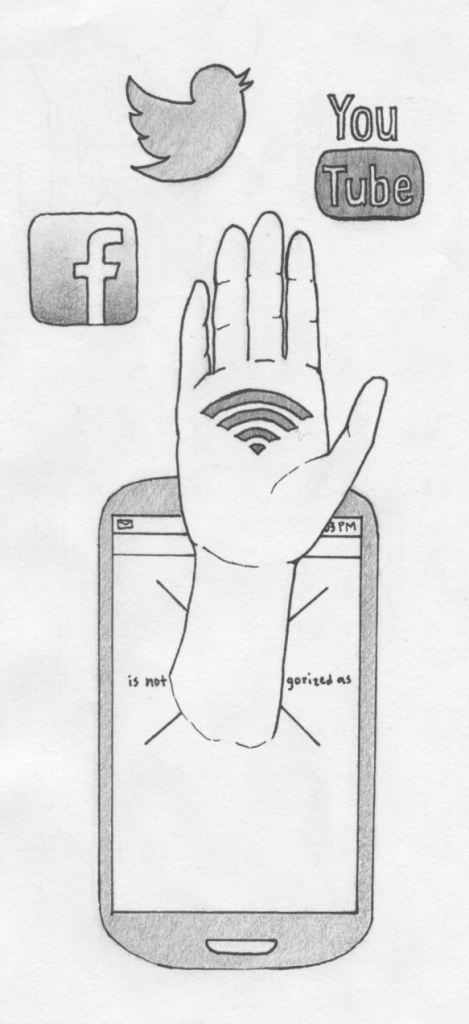
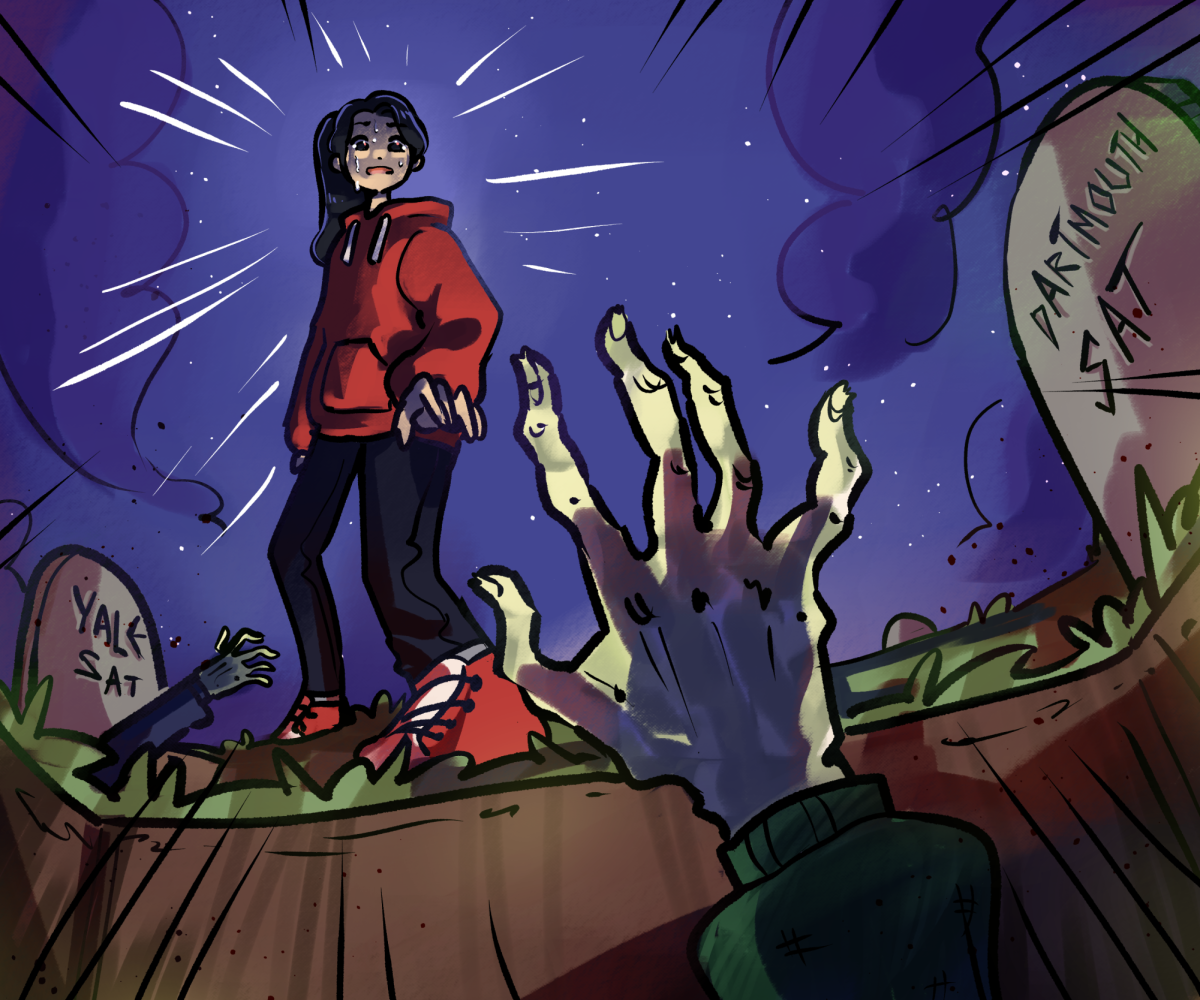
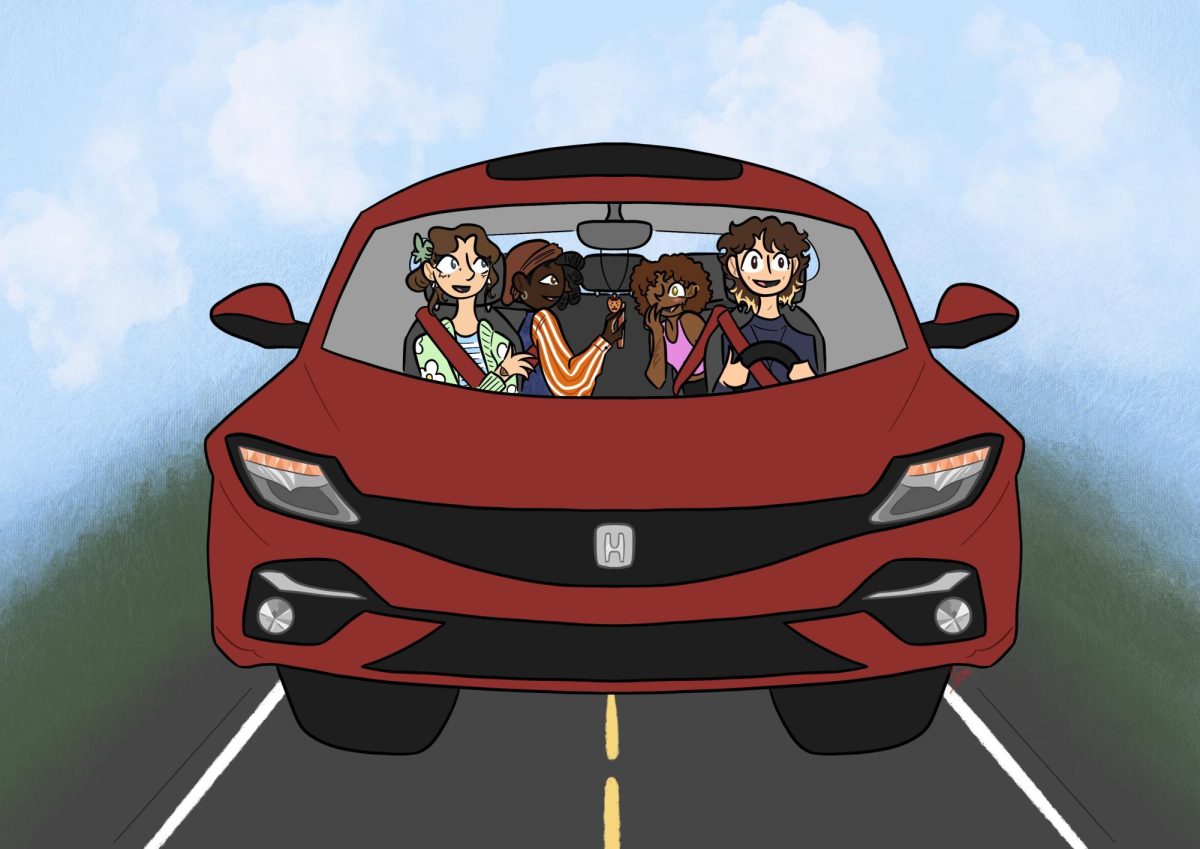
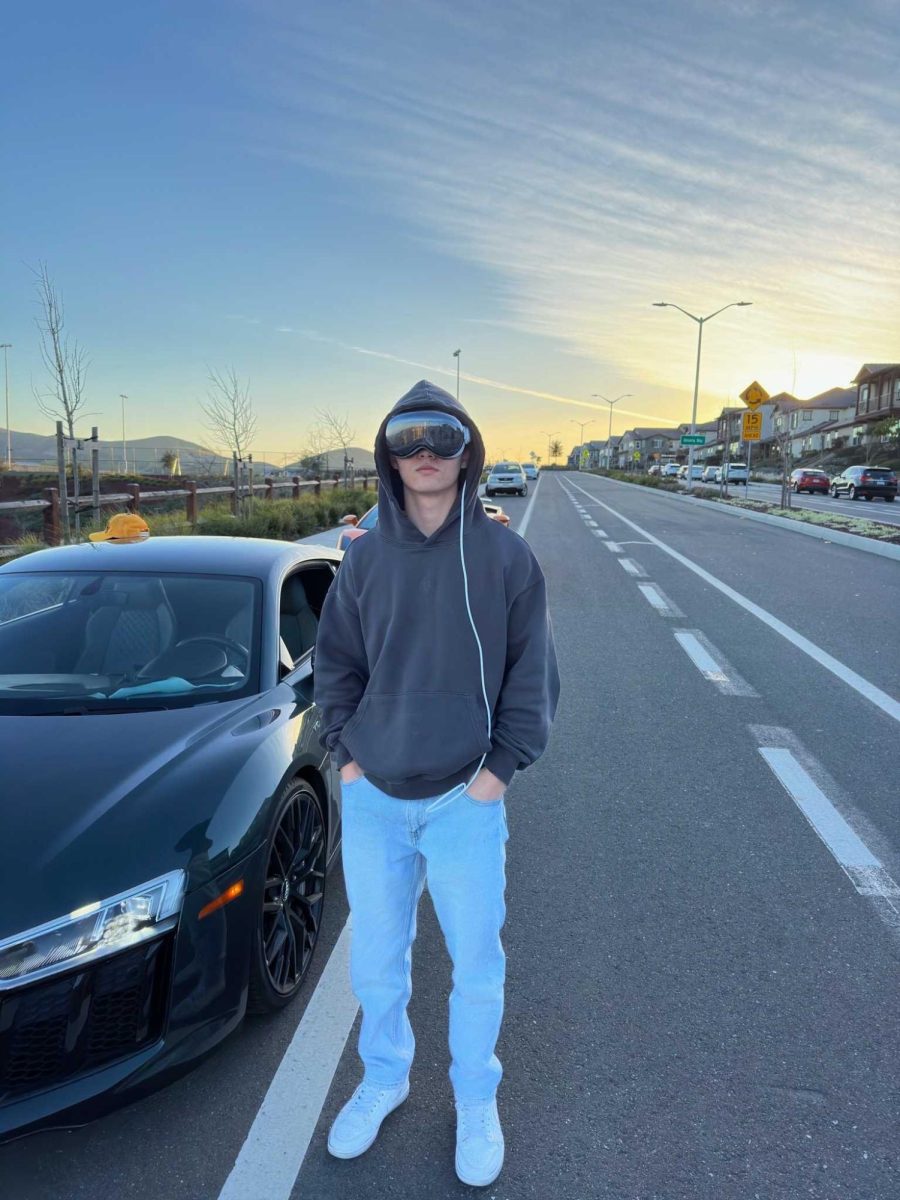
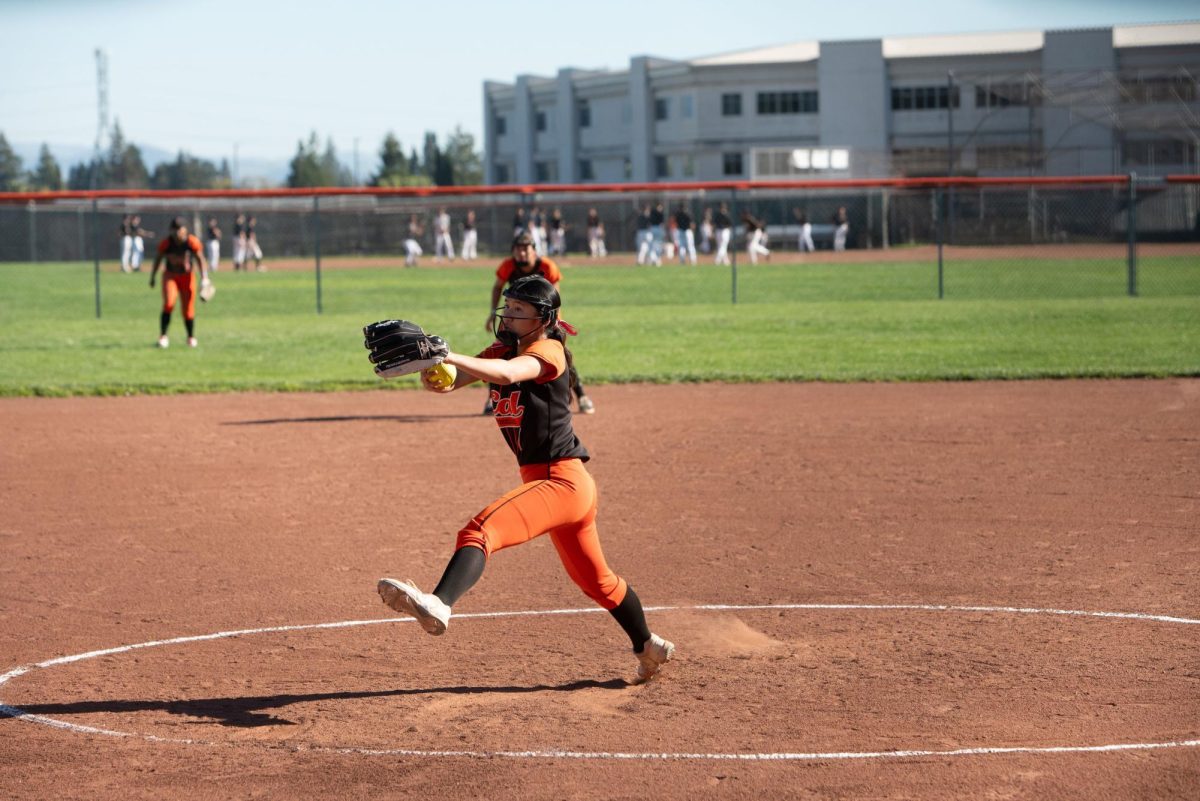
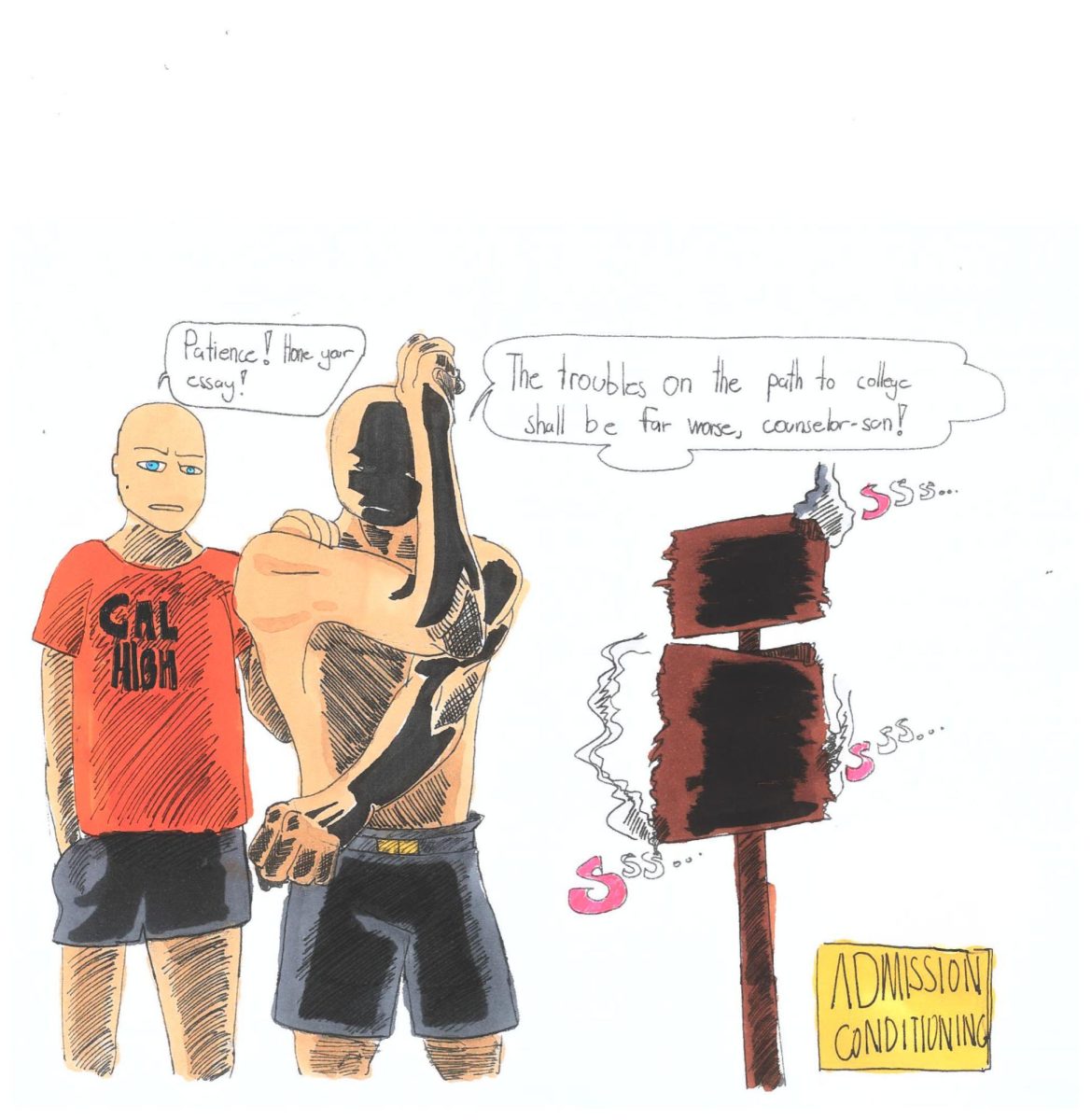
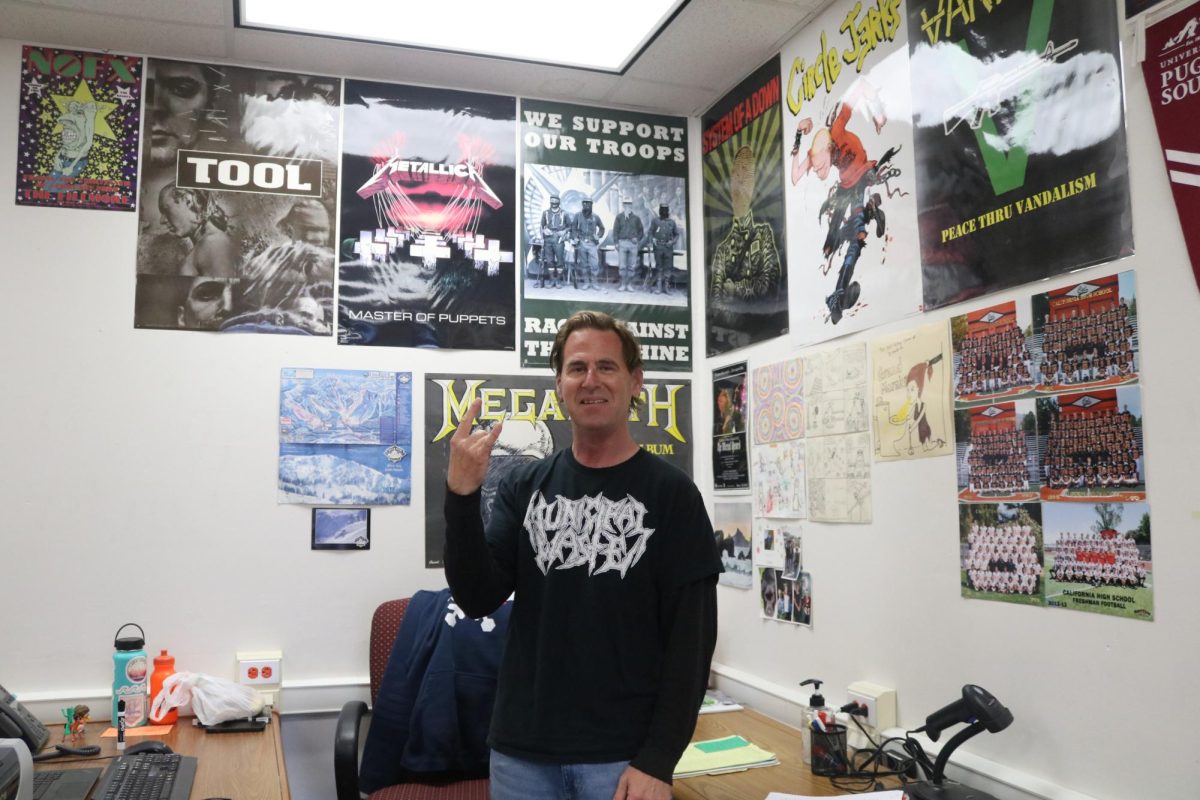
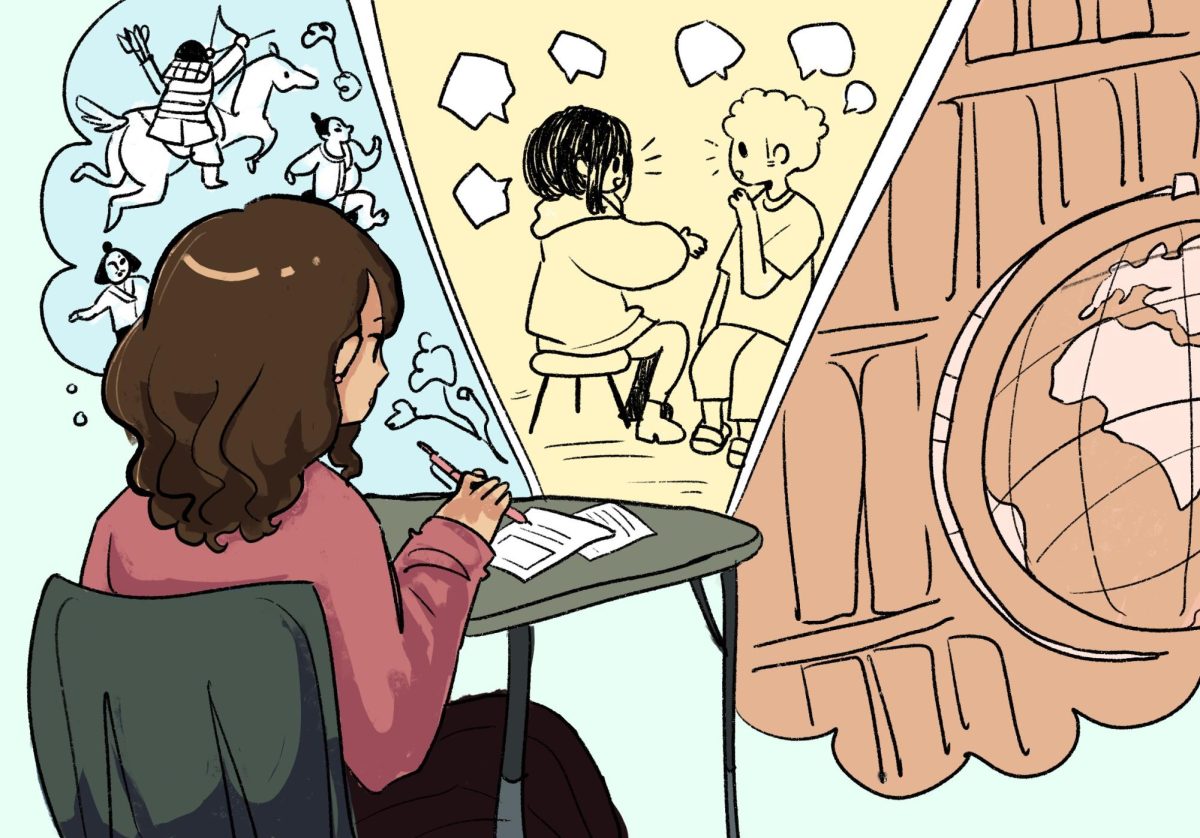
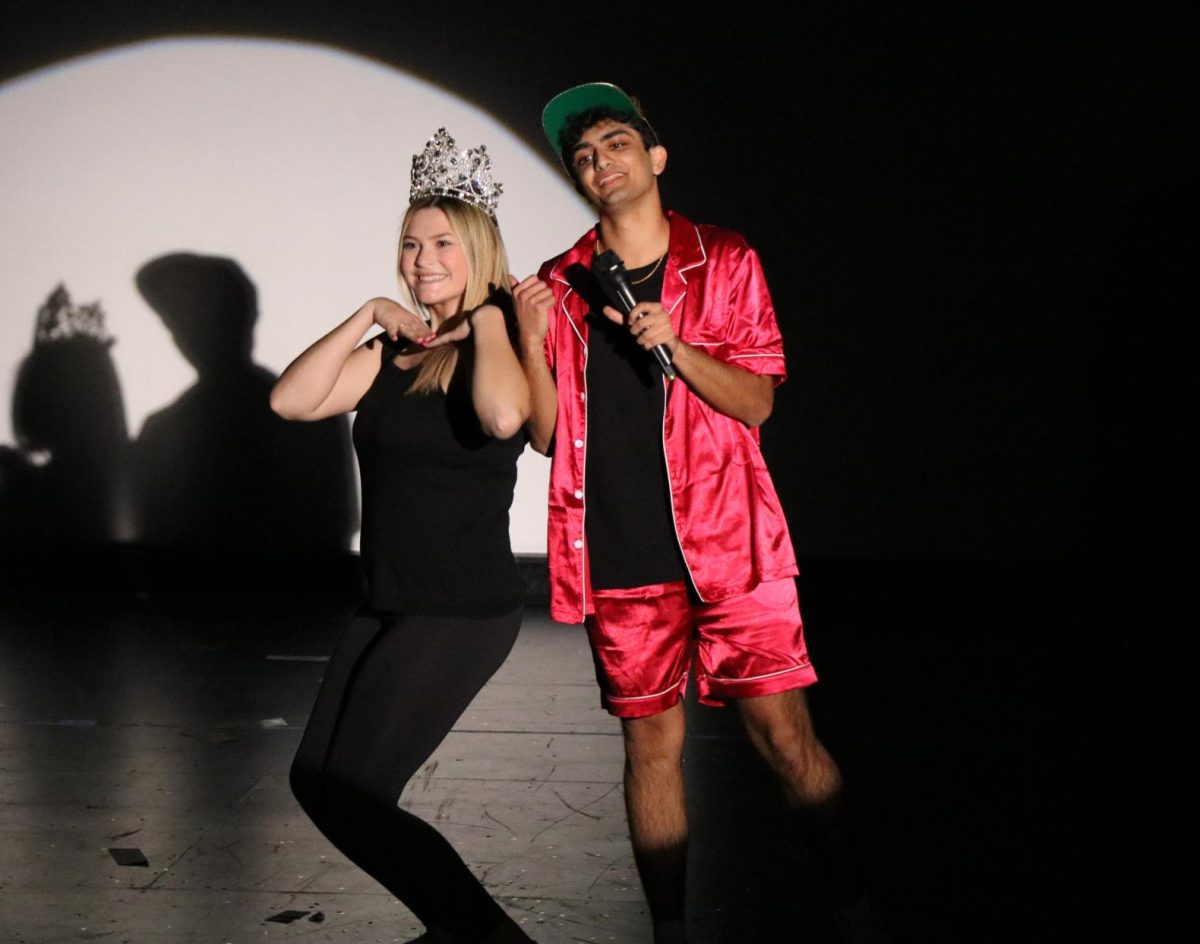
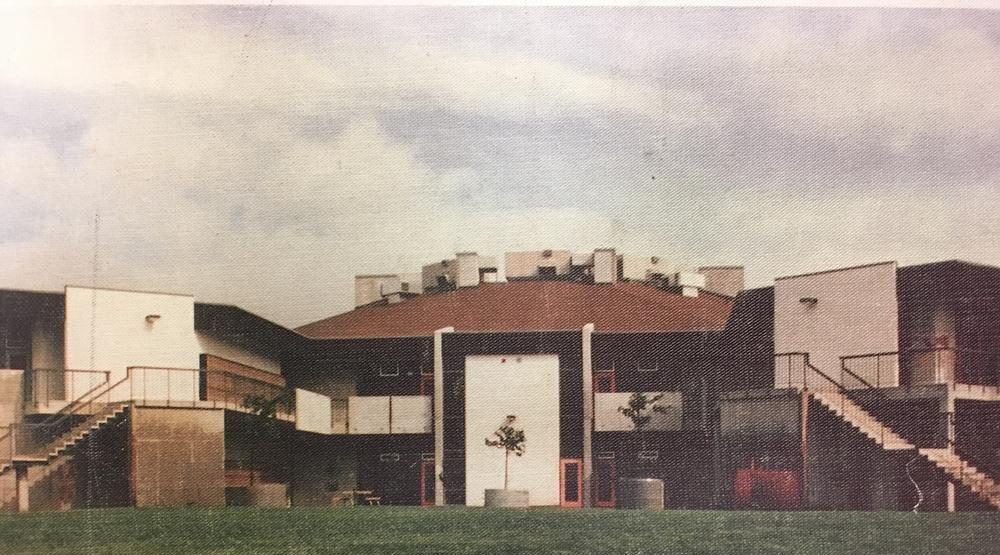
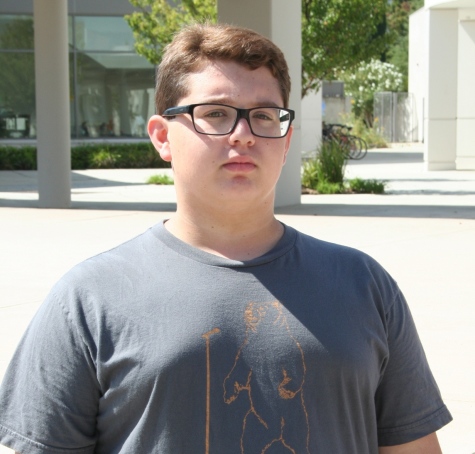
Matthew Chapman • Mar 21, 2018 at 9:01 am
I think we should be allowed to use internet again the wifi doesnt work for me anymore.